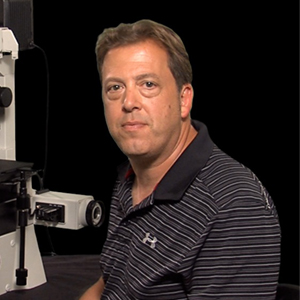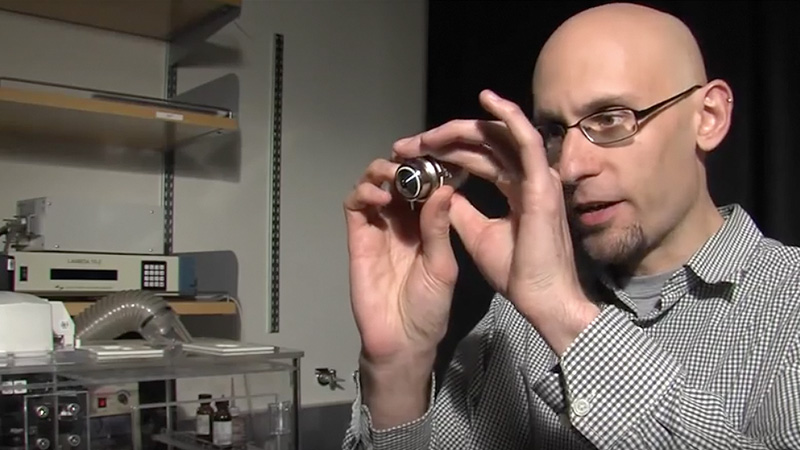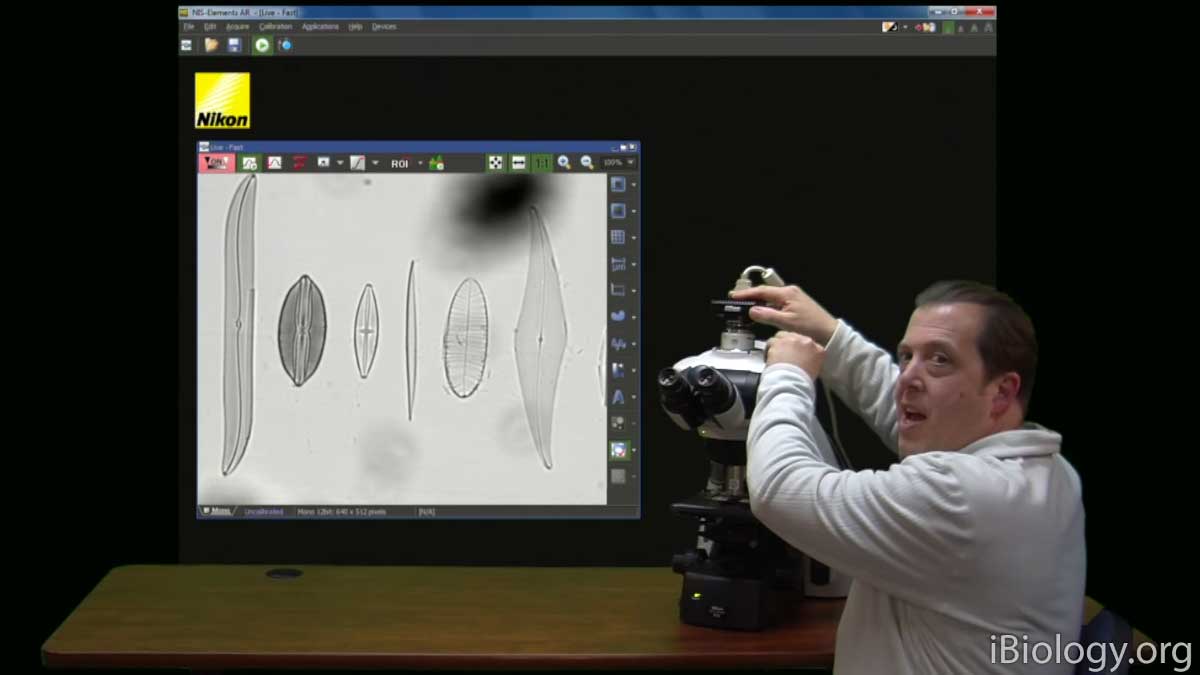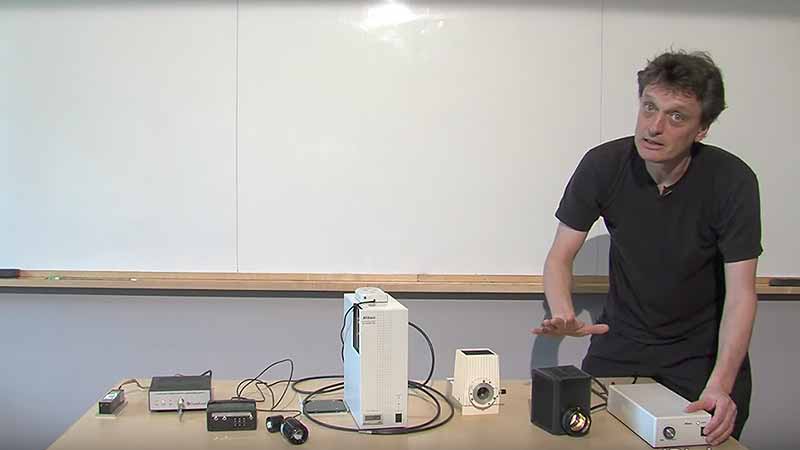Talk Overview
Steve Ross explains the features of an objective lens and what all of those markings actually mean.
Speaker Bio
Steve Ross

Stephen Ross is the General Manager of Product and Marketing at Nikon Instruments. He is also very involved in teaching microscopy at the Marine Biological Laboratory in Woods Hole and at the Bangalore Microscopy Course at the National Centre for Biological Sciences. Continue Reading








Leave a Reply